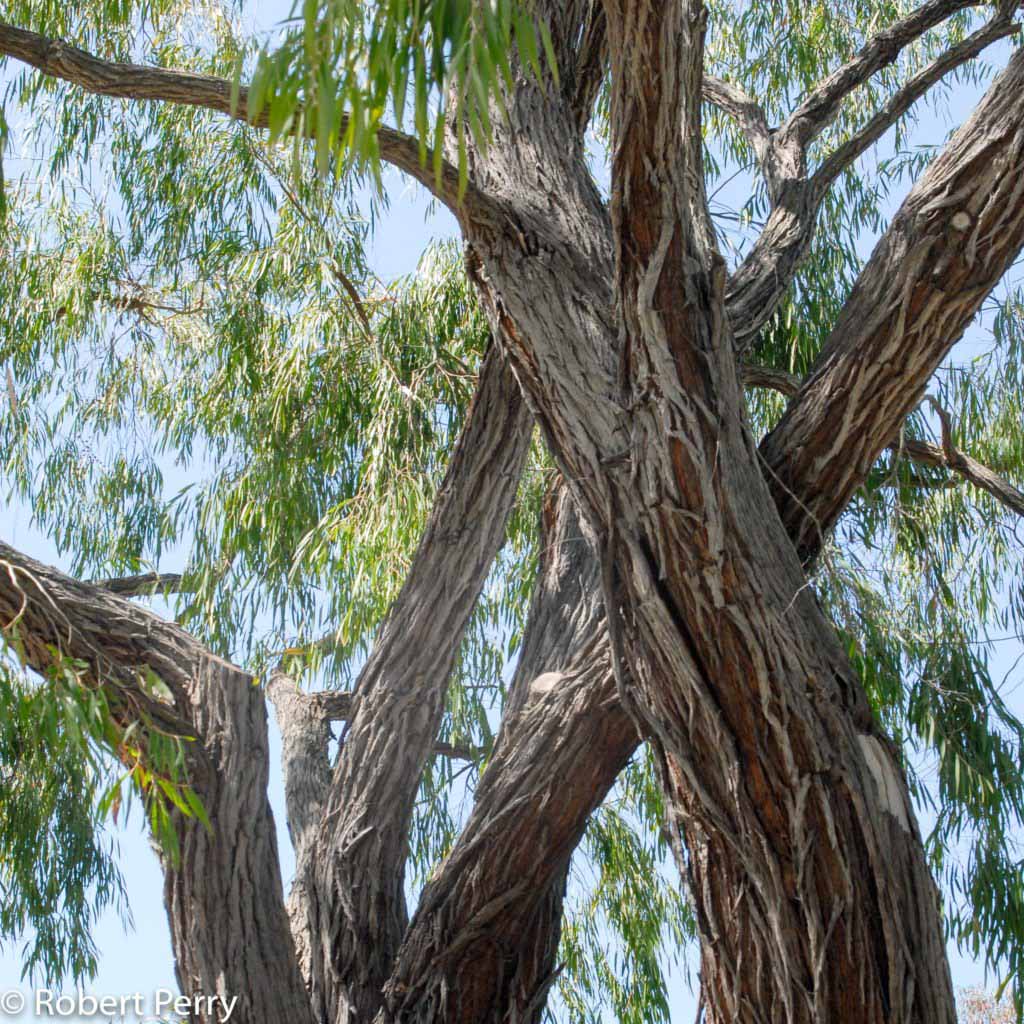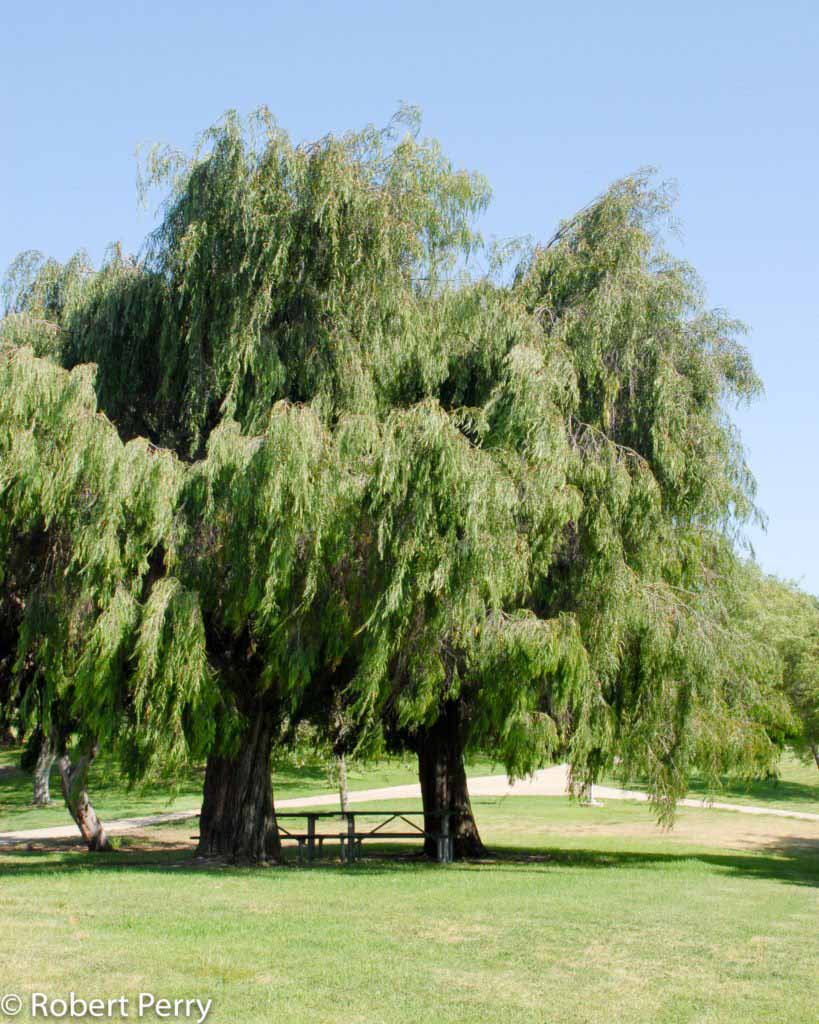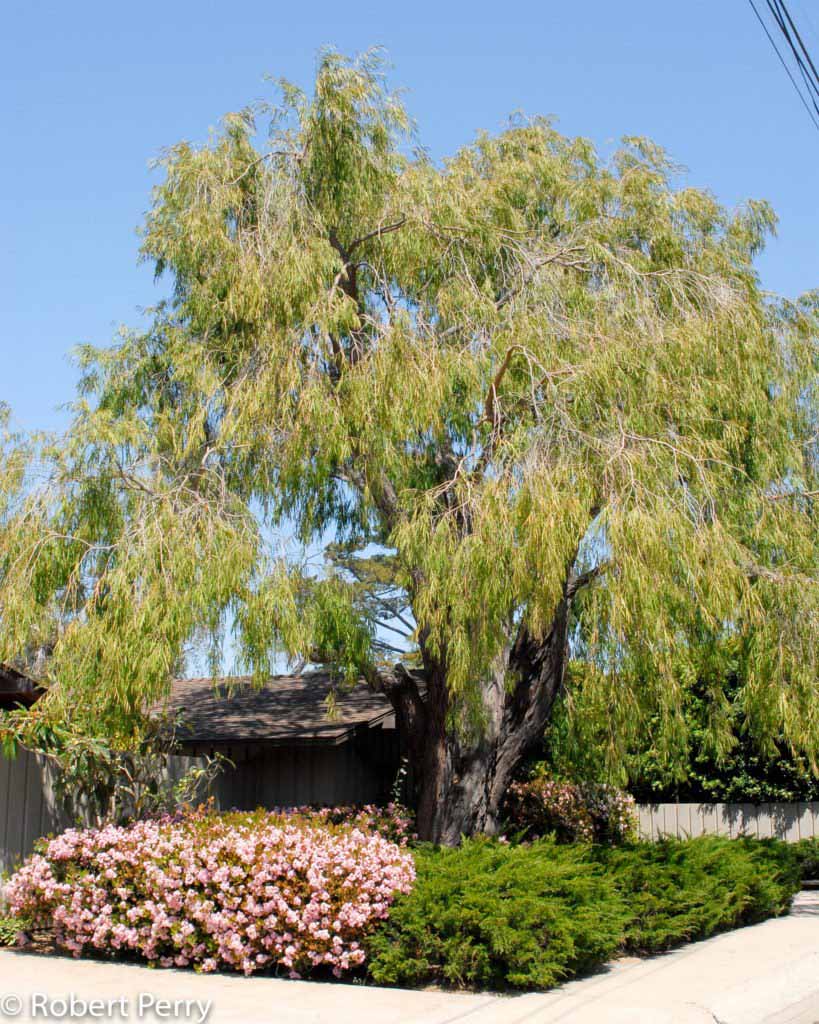Please note:
For most situations, we would not recommend installing this plant in new gardens, landscapes, or plantings in southern California.
Our top recommendations to consider instead of this plant are desert willow and pink chitalpa.
This plant profile is included in this site as a reference for two primary reasons:
- If you already have this plant in your landscape, this information can be used to know how to care for it.
- If you already have this plant in your landscape, you can use this information to learn which of our recommended plants have the same recommended watering needs, making them potential choices for grouping together if you will be adding new plants to the existing area.
In general, instead of this plant, we recommend planting appropriate California native plants whenever possible.
In addition to their beauty, California native plants offer the most additional benefits beyond just low water use, including habitat for the birds, butterflies, and pollinators who evolved here with them. This adds value and beauty in your landscape beyond just a pretty plant, allowing the landscape to actively contribute to the environment instead of just using less water. You can find our top recommended native plant choices on our Plant Finder by selecting “California Native” and learn more about California native plants here.
To learn what exactly California native plants are and how they are different from other low water plants, visit this link.
For visual interest or other reasons, some people may also want to mix in other non-native low-water demanding plant choices even though they do not have the same ecological value as native plants. For that reason, we feature a number of non-native waterwise selections on this site as well. However, we see native plants as the best “go to” for most landscape or garden choices! We encourage people to consider planting at least 50% of their landscape to native plants. See our Garden Designs section or visit our Waterwise Demonstration Garden in Montclair for plenty of inspiration.
————————————————————————————————————————————————
The Peppermint tree grows at a moderate rate into a medium sized tree with dense, evergreen foliage and a distinctive weeping habit. With age it can reach 25-35 ft. tall with an equal spread, and develop a stout trunk and bold branching character. Long narrow green leaves are peppermint spicy-fragrant when crushed and hang from drooping branches. Small white flowers develop in spring, but are not very showy. Trunks and branches are covered with distinctive coarse red-brown bark.
This tree is native to mild coastal climates and habitats of western Australia in areas that receive 32-40 in. of annual precipitation. Soils range from calcareous deposits to beach sands and sandy loam. It is sensitive to frost.



